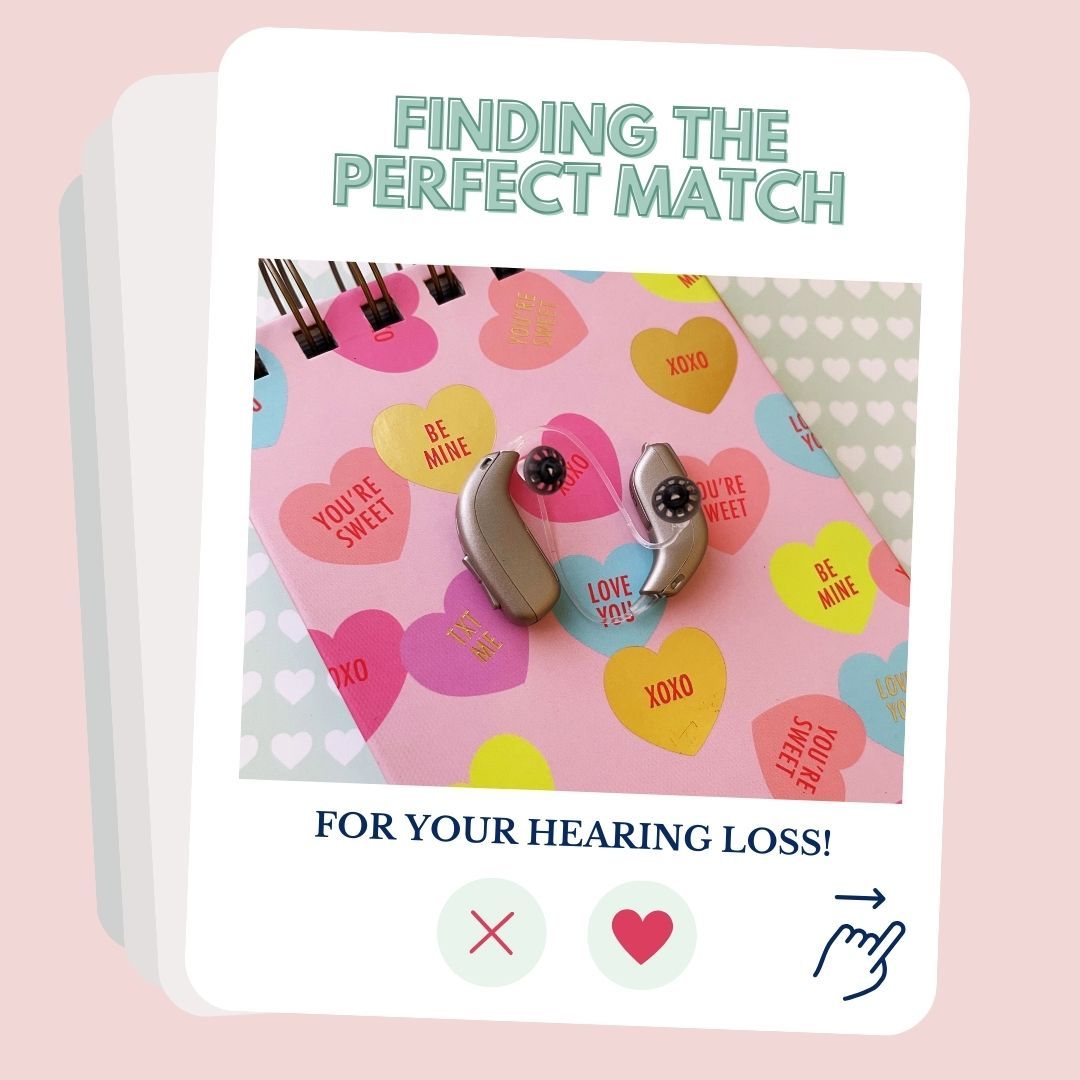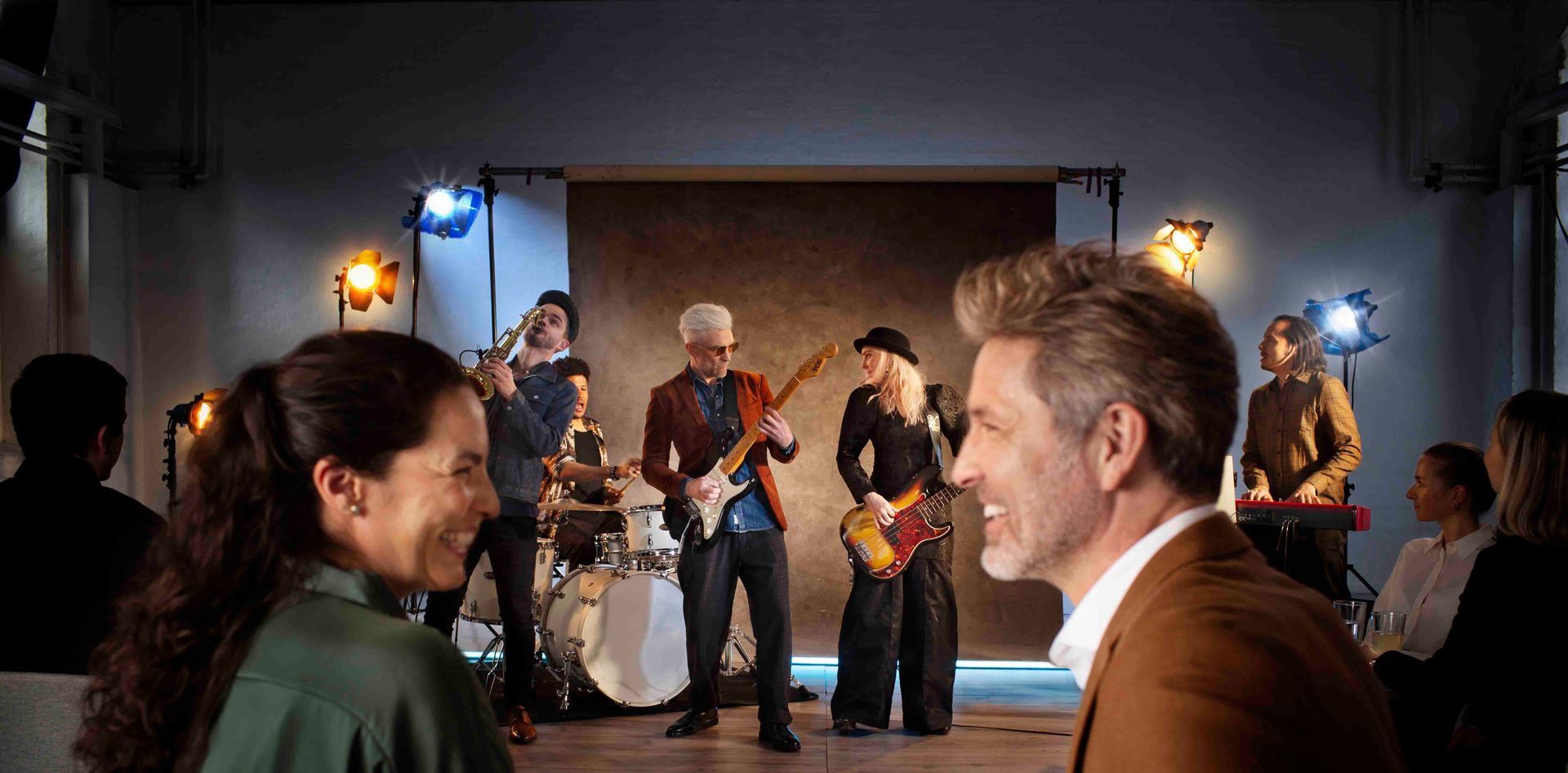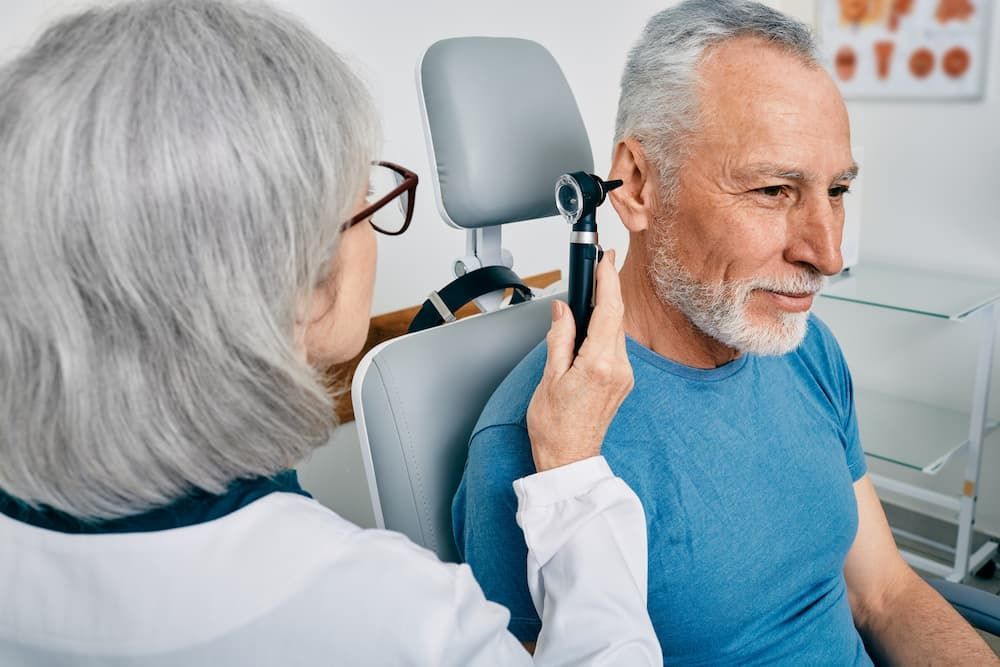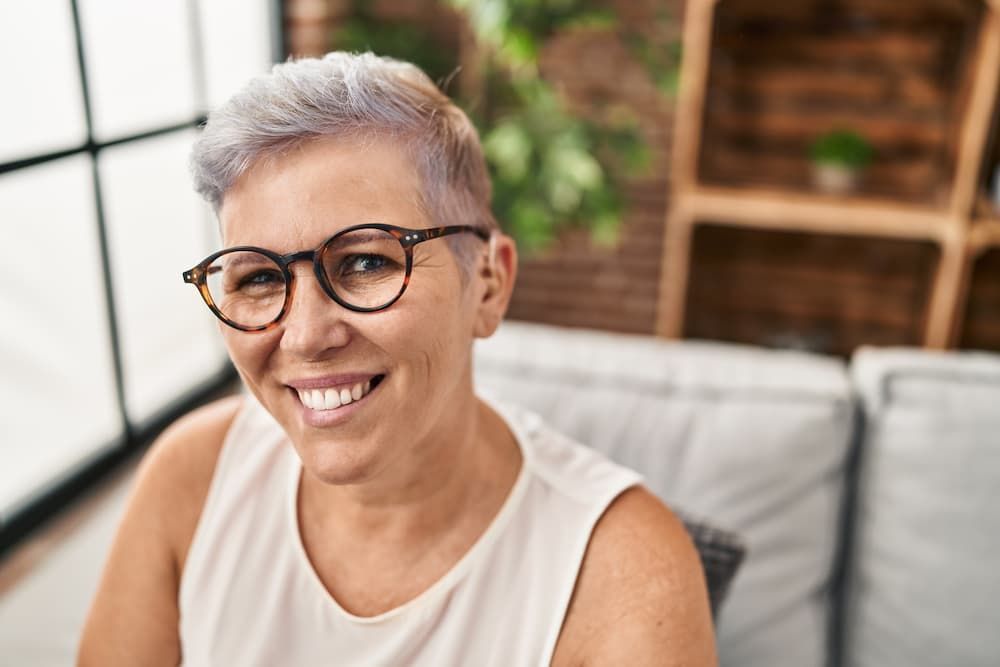Finding Your Perfect Match: Hearing Aid Addition

Love is in the air, which inspired us to write a blog post about finding your perfect match… your perfect hearing aid match, that is! There’s so much information out there and so many rumors about “the best” or “the worst” hearing aids. It can be overwhelming to try to choose!
At The Tinnitus and Hearing Center of Arizona, we consider ourselves to be expert matchmakers when it comes to pairing our patients with the perfect hearing aids. We can help answer questions like:
• How much should I spend on a hearing aid?
• How big or small will the device be?
• Will it help me hear better in my favorite restaurant?
• How can I guarantee it’s a good fit?
There’s certainly a lot that goes into picking a hearing device, and our goal with this blog post is to help you find the perfect match for your hearing needs. If you’ve been unsure which option is right for you, we hope this post will be both helpful and informative!
Receiver-in-the-Canal (RIC) Hearing Aids
Receiver-in-the-canal (RIC) hearing aids are the most popular style of hearing aid currently available. Sometimes referred to as receiver-in-the-ear (RITE) hearing aids, they are what you typically think of when you think of hearing aids. But are they the right choice for you? Let’s go over some of the pros and cons:
Receiver-in-the-Canal Pros:
• Sleek design for discretion and cosmetic appeal.
• Room for growth with the ability to adjust the device's strength.
• Bluetooth connectivity for convenient audio streaming.
Receiver-in-the-Canal Cons:
• You might not feel if they fall out due to the lightweight design.
• Insertion and removal challenges for those with dexterity issues.
Conclusion:
This style of hearing aid is ideal for those seeking a discreet option with room for future adjustments. And, because they’re so popular, they often get upgraded with new technology first (e.g. better speech-in-noise ability, improved battery, etc).
In-the-Ear (ITE) Hearing Aids
This custom, made-for-you, hearing aid style is another popular option because they are tailored to fit the shape of your ear perfectly. There are several sizes available in this style in addition to the In-the-Ear option like Completely-in-the-Canal (CIC) and Invisible-in-the-Canal (IIC). Let’s go over the pros and cons of the various In-the-Ear hearing aid options:
In-the-Ear Pros:
• They are custom-fit based on an impression of your ear anatomy.
• Easier insertion, especially for individuals with dexterity issues.
In-the-Ear Cons:
• Less discrete, potentially visible in the ear bowl.
• The smaller size may impact features like Bluetooth or battery life.
• They are more prone to damage due to their fragile housing.
Conclusion:
In-the-Ear hearing aids might be a great option for those prioritizing a tailored fit but willing to compromise on visibility. It may not be a great option if having all of the latest and greatest features is important to you.
Behind-the-Ear (BTE) with Earmold
Many people are also familiar with this type of hearing aid. It’s the “tried and true” hearing aid style that has been around for years, and it has stood the test of time for a reason! This design can fit individuals with varying degrees of hearing loss, making it a very flexible option.
Behind-the-Ear Pros:
• Fits all degrees of hearing loss, delivering maximum amplification.
• Multiple battery options, including disposable or rechargeable.
• Secure fit with earmold for comfort and retention.
Behind-the-Ear Cons:
• More visible than other options, as it sits behind the ear and in the ear. • Wind noise may be a concern due to microphone placement.
Conclusion:
Behind-the-Ear hearing aids are a versatile choice for individuals with varying hearing loss levels. The different battery options offer flexibility based on your preferences and lifestyle.
Cochlear Implants (CI)
Cochlear implants are not typically grouped together with hearing aids, but we wanted to include them because they are a good option for certain individuals. If you’re not familiar, this is a small electronic device that helps to provide a sense of sound to those who are profoundly or severely hard of hearing. The implant consists of an external portion that sits behind the ear and a second portion that is surgically placed under the skin.
Cochlear Implant Pros:
• Life-changing outcomes for profoundly or severely hard-of-hearing individuals. • Improved hearing compared to traditional hearing aids in specific scenarios.
Cochlear Implant Cons:
• Time-consuming process with surgery, activation, and programming stages. • Requires commitment and adjustments to maintain a significant change.
Conclusion:
Cochlear implants can be a great option for individuals who are no longer benefiting from traditional hearing aids. They can offer improved hearing in challenging situations, drastically changing your quality of life for the better.
Finding the right hearing means weighing numerous factors, from budget concerns to design preferences to lifestyle needs. If you would like more personalized help, give us a call at 480- 831-6159 and schedule a consultation with the experts at The Tinnitus and Hearing Center of Arizona. We can help you explore the possibilities and ultimately, enhance your hearing experience!











